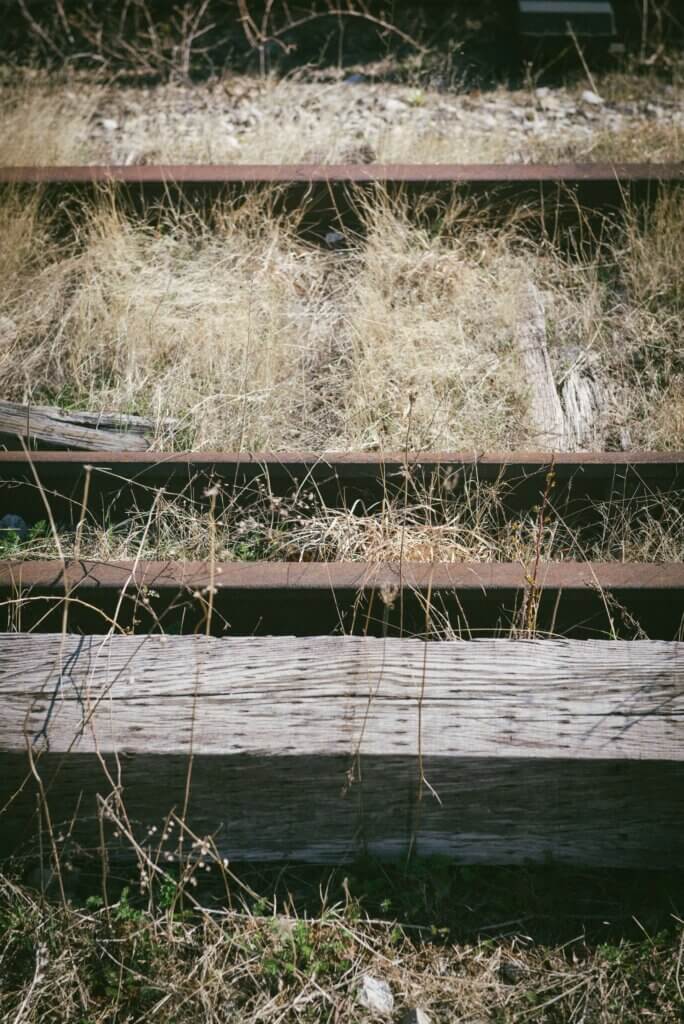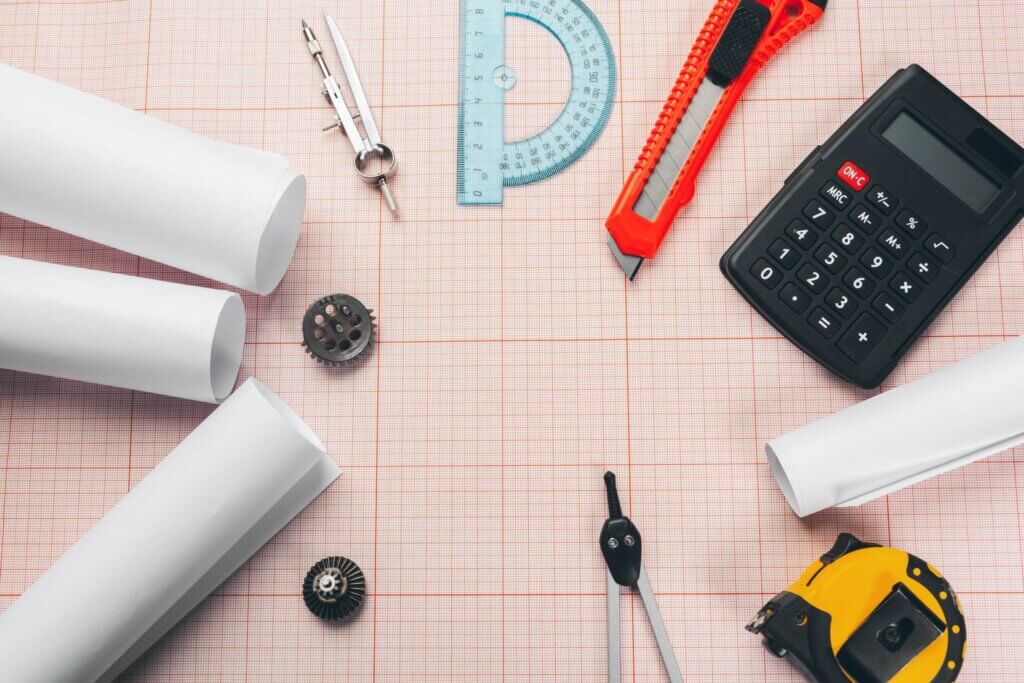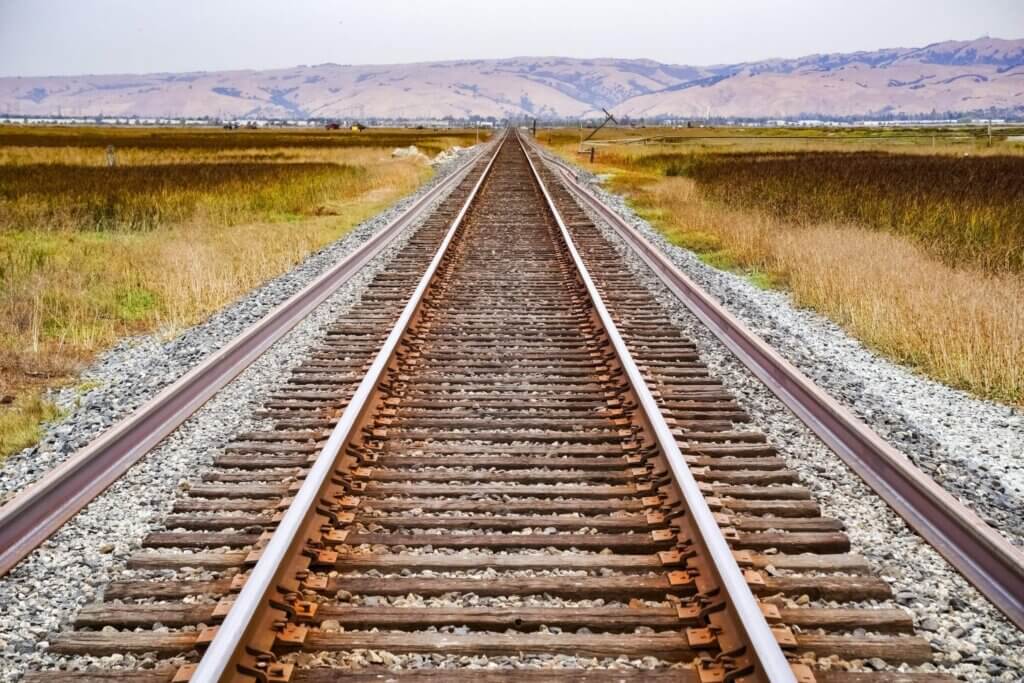
Permanent railroad track: what is it? Concepts and main features
Railroads can be the solution to many problems logistics, which are related to both the flow of products and the transport of people. In order for your goals to be achieved, the process of building new railroad lines must be very well planned. In addition to the geographic location and the various legal procedures, the permanent railroad must follow a series of protocols so that transport through it is safe and efficient.
We have prepared this article to explain what a permanent railroad is and the various elements that make it up. Check it out below.
Content Index
What is the permanent rail way?

What is the permanent railroad?
Therefore, the permanent railroad is precisely the set of techniques that transform the ground into a place that allows the locomotion of trains. It involves the positioning of the surface parts of the railroad, such as rails and sleepers, but it is also related to any activity that allows the construction of the same, such as earthworks, for example.
In addition to the construction of the railroads itself, it is essential study well the locations of the routes and their ramifications. The transport of products is rarely carried out by just one type of modal, so it is very important to consider the meeting points where loads will be transferred to road and sea transport vehicles, for example.
Road geometry feature

As stated earlier, building and maintaining a safe permanent railroad track is only possible through the study and work of professionals. Engineers will be responsible for determining whether a given soil is capable of supporting a railroad and, consequently, the weight of loaded trains.
Even after deciding which path the railroad will take, it will still be necessary to trace all the curves and ramps that will connect the loading yard to the final destination. In addition, the professional must indicate which types of trails are ideal for the purpose of each route.
Another aspect of railroad geometry is the gauge.. This parameter is the measurement between the inner faces of the two rails. This distance varies a lot in each case, however, in Brazil, the most common are the metric gauges, with 1 meter wide and the wide ones, with 1.6 meters. In addition to these, the standard gauge, 1,435 meters, is used in less extensive lines, such as subways.
The geometry of the road is essential in its construction, as it alone will guarantee that the vehicles will be able to move as planned. For example, in most curves, it is very important that there is a rail superelevation, that is, there has to be a difference in height between the two sides of the track so that the train does not derail. More specifically, the outside of the curve must be raised relative to the inside to compensate for the centrifugal force acting on the vehicle.
Infrastructure and superstructure

The elements of a permanent railroad can be divided into two categories: infrastructure and superstructure.
Brazilian infrastructure railroad is linked to the preparatory steps for the construction of the tracks. This includes technical soil preparation procedures, such as earthworks, drainage, leveling and paving. The infrastructure is also responsible for placing layers of crushed stones, usually quartzite, above the ground. These layers are called ballast and subballast and their main function is to dampen the weight supported by the rails, ensuring greater stability for the track.
It is worth remembering that, in Brazil, projects must comply with the regulations issued by the National Department of Transport Infrastructure (DNIT), the Department of Highways (DER) and the National Land Transport Agency (ANTT).
After establishing the infrastructure of a railroad, it is time to install the superstructure. All elements of the road that are on the surface fall into this category, that is, sleepers, rails and fastening items.
The sleepers are placed transversely over the ballast. They are usually made of wood, but composites made of steel, concrete and polymers are also used. Its purpose is to withstand the dynamic actions caused by the weight of the trains and also to prevent the gauge from changing in size.
The tracks are placed perpendicular to the sleepers and come into direct contact with the wheels of rail vehicles. This material is responsible for guiding the movement of trains and their wagons, in addition to ensuring that they are stable on the line.
Finally, the fastening items, as the name implies, are intended to secure the rails to the sleepers. There are several types of accessories capable of performing this function, which can be separated between rigid and elastic. The rigid ones are the more traditional ones, like screws and metal nails. However, rubber bands are gaining more and more popularity as they are more durable.
Main defects in railroad permanent ways

As it was possible to perceive in the previous item, the construction of the permanent railroad involves several stages. If any part of the process is ignored or poorly planned, numerous problems can arise with the use of the railroad.
For example, if the weighing of vehicles and wagons is not carried out correctly, the displacement of these trains can wear the tracks excessively, or even cause cracks in the sleepers. displacement of these trains can wear the tracks excessively, or even cause cracks in the sleepers..
Another possibility is the application of print items. Over time, the accessories can move with the transport of vehicles, designed to suffer accidents and even graves.
In some cases, the cause of defects in the railroad is linked to poor quality parts,considerably reducing the useful life of the railroad. Even if it's just one part that is defective, it will destabilize the entire structure in that section of the road.
While a good preparatory step can reduce the chance of defects, it is essential to regularly carry out maintenance checks on the tracks to examine possible wear and damage.
Conclusion: permanent railroad
A permanent railroad track can be very useful for different sectors of society. However, its construction is a complex process that involves many details that cannot be ignored. After all, the smallest of defects can cause major problems in the structure of the line. That said, a railroad will only be effective and, consequently, profitable, if it is built properly following all the infrastructure and superstructure steps.
Searchs:
https://www.wasaki.com.br/qual-a-funcao-do-lastro-ferroviario/
https://www.brferrovia.com.br/post/conceitos-e-caracter%C3%ADsticas-de-via-permanente












